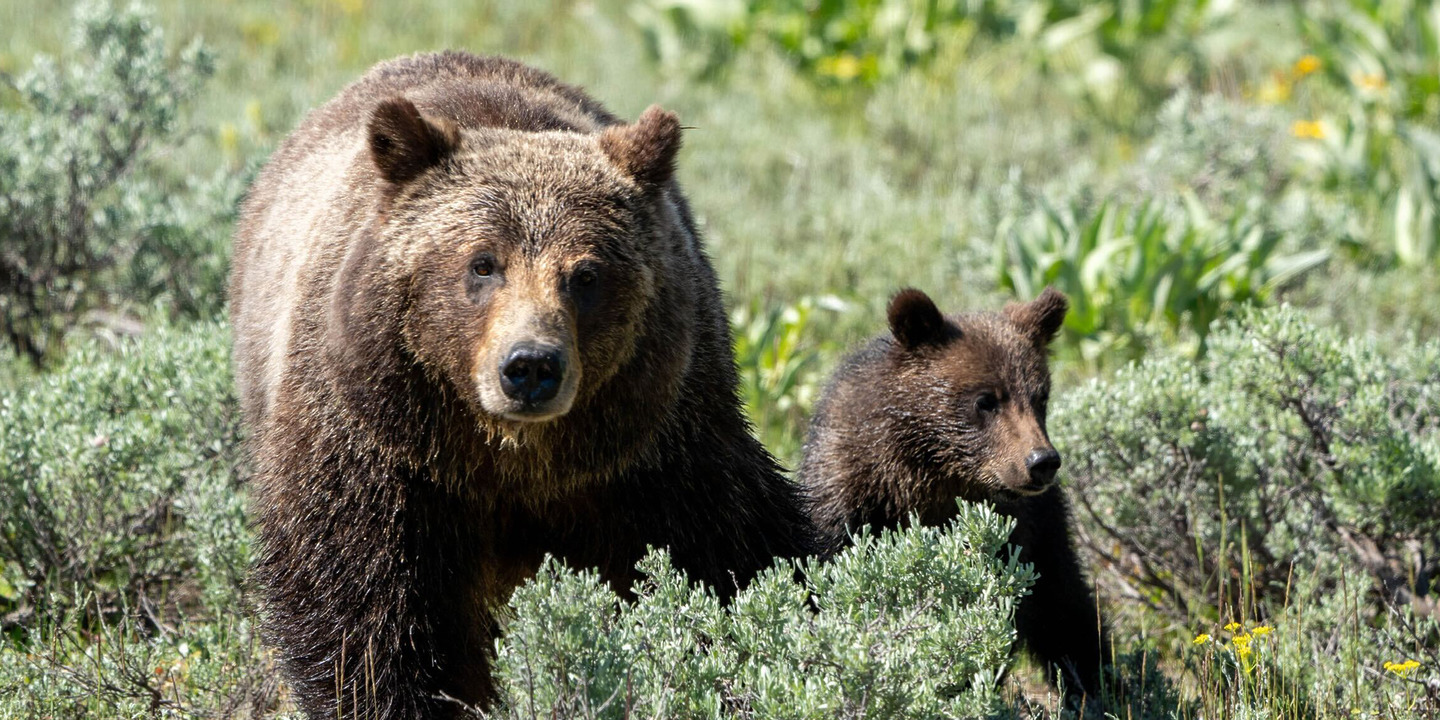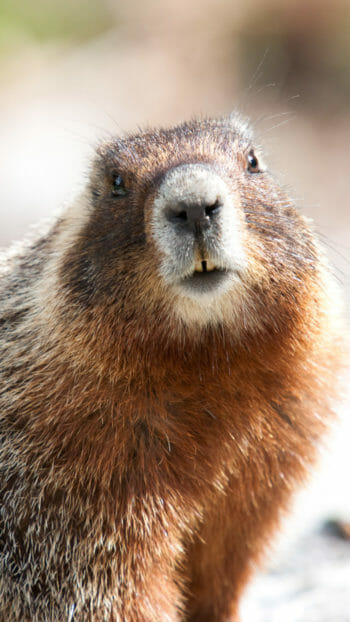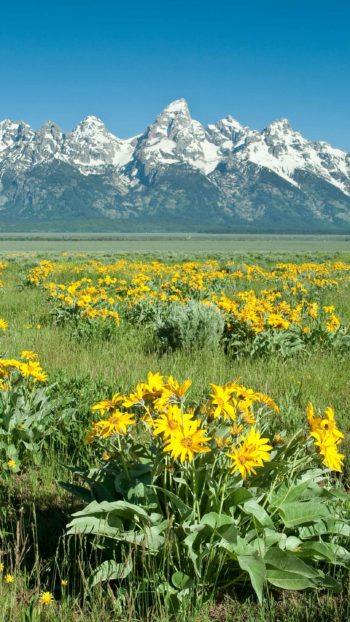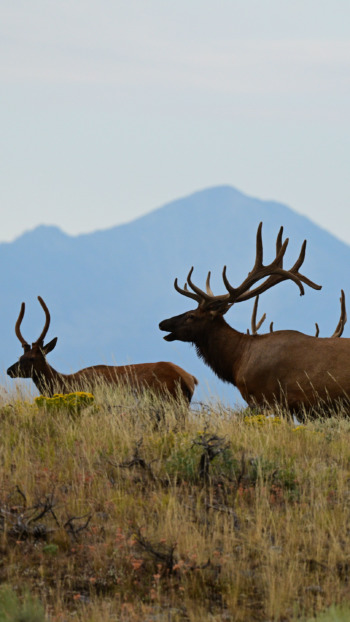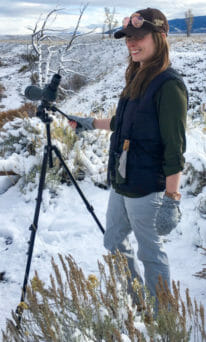Grand Teton National Park is one of the most wildlife-rich destinations in North America. Nestled within the Greater Yellowstone Ecosystem, the park is home to everything from massive herds of bison to elusive predators like wolves and grizzly bears. For travelers hoping to experience the wild heart of the American West, seeing Grand Teton National Park wildlife is often the highlight of their trip.

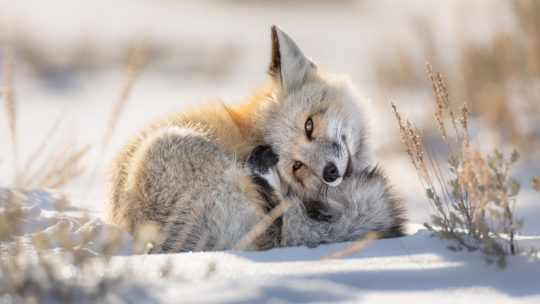
Why Wildlife Viewing in Grand Teton Is Unforgettable
What sets Grand Teton apart is the sheer diversity of species found within its mountains, valleys, and rivers. The park protects critical migration corridors and habitats that sustain wildlife year-round. Visitors can encounter moose browsing in willows, bald eagles soaring above the Snake River, or elk bugling across the fall meadows.
Choosing a guided wildlife safari can make the experience even more rewarding. Expert naturalists know the best times and places to spot animals, and they help guests understand animal behavior, ecology, and the challenges these species face in a rapidly changing world.
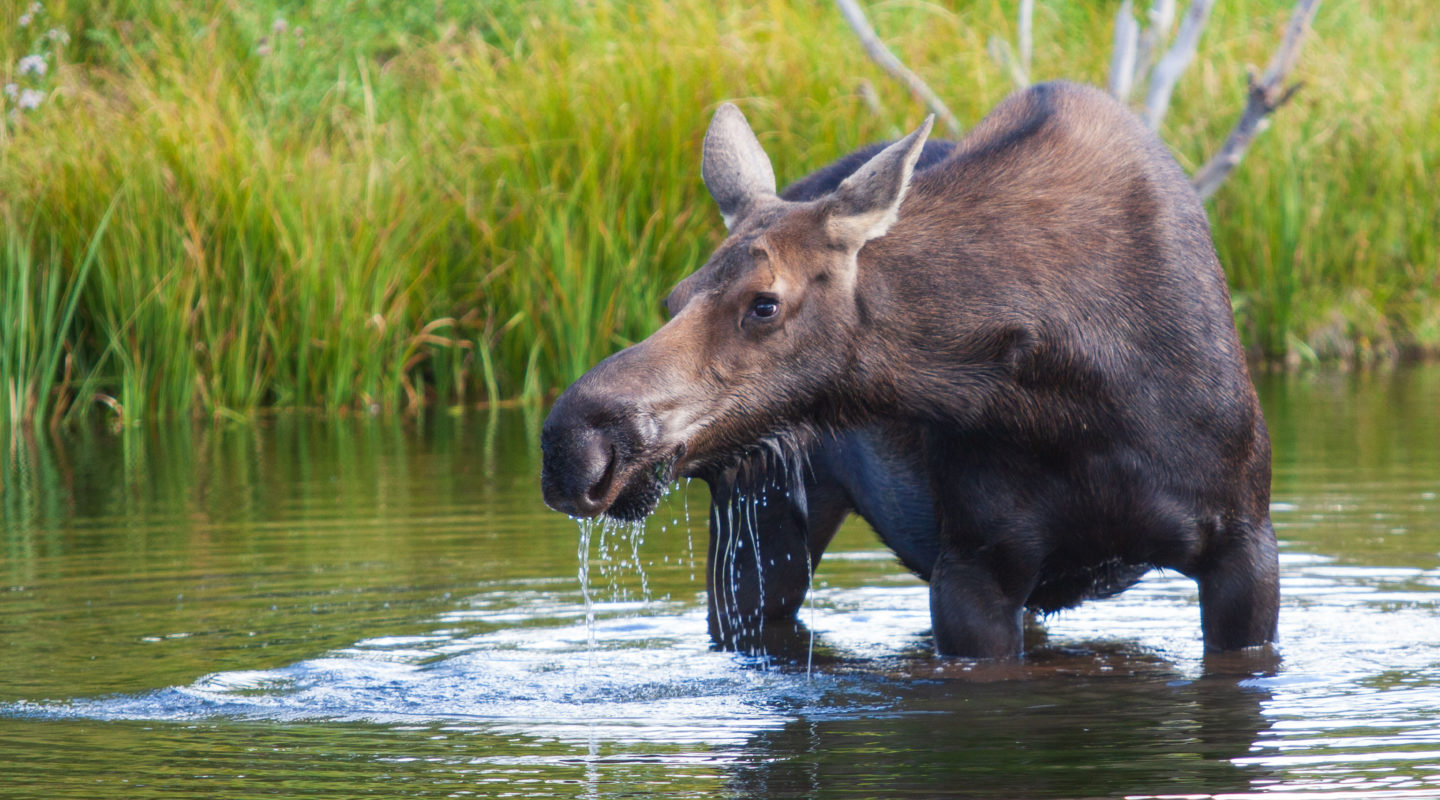
Iconic Wildlife of Grand Teton National Park
Large Mammals
The park is home to many of the iconic species of the Rocky Mountain West. Bison roam the open grasslands, while elk and moose are often spotted in river valleys and marshes. Grizzly and black bears can be seen in the forests and meadows, particularly in spring and fall. The park also supports gray wolves and mountain lions, although sightings are very rare and always thrilling.
Birdwatcher Favorites
Bird lovers will find plenty to admire in Grand Teton. Bald eagles, ospreys, and red-tailed hawks are frequently seen along waterways. Songbirds fill the forests with calls in spring and summer, and waterfowl make seasonal migrations through the park’s wetlands.
Small Mammals & Aquatic Species
The smaller residents of Grand Teton are just as fascinating. Beavers and river otters thrive along streams and ponds, while marmots and pikas can be found darting among the alpine rocks. Each species plays a vital role in the balance of this thriving ecosystem.
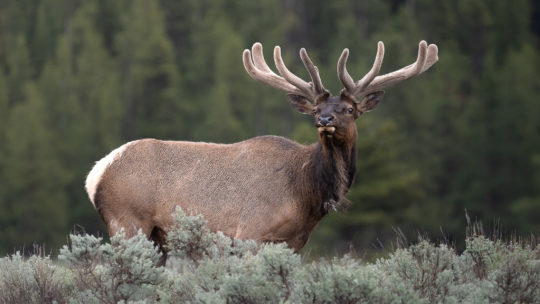
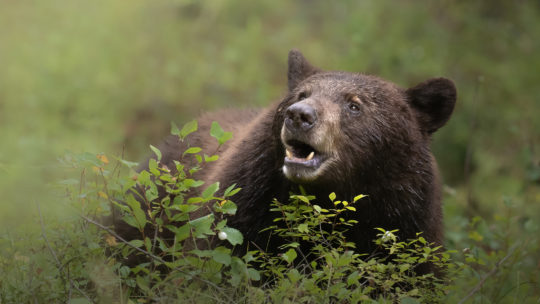
Best Times & Locations for Wildlife Viewing
Wildlife activity changes with the rhythm of the day and the seasons.
- Dawn and Dusk: Early morning and late evening are the best times to see animals active in the open.
- Snake River banks: A prime area for moose, beaver, otter, and bald eagle sightings.
- National Elk Refuge: In winter, thousands of elk migrate here, making it one of the easiest places to view large herds, and sometimes even wolves.
- Seasonal Highlights: Spring brings newborn calves and cubs, summer offers long days of animal activity, fall features the dramatic elk rut, and winter showcases migrations to lower valleys.
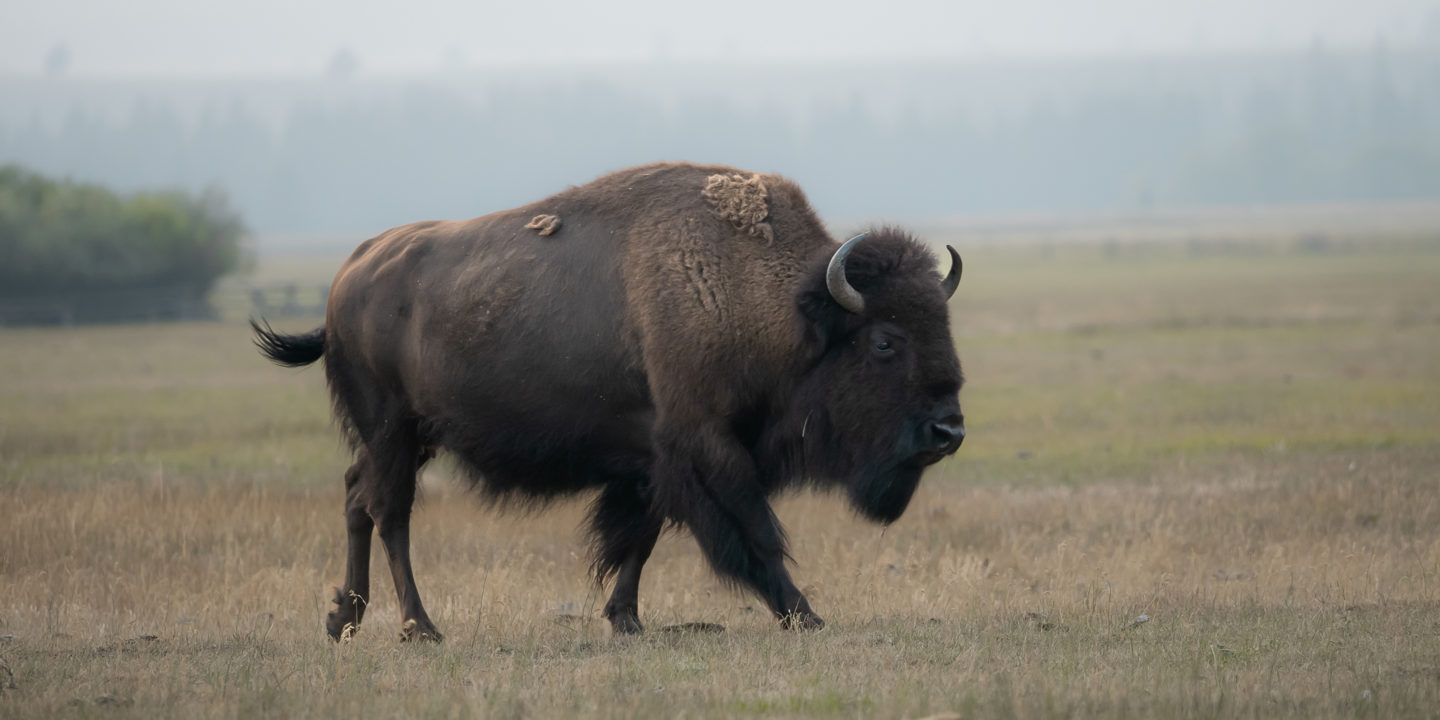
How to Maximize Your Wildlife Safari Experience
One of the best ways to make the most of your wildlife safari is to start early. Wildlife tends to be most active during the cooler hours of the morning, especially around sunrise. Not only does this increase your chances of incredible sightings, but it also offers a peaceful, quiet experience as the landscape begins to wake up.
Dressing appropriately is also key to enjoying your time in the mountains. Conditions can shift quickly in places like Grand Teton and Yellowstone, with chilly mornings giving way to sunny afternoons or sudden changes in weather. Layering your clothing allows you to adapt throughout the day and stay comfortable no matter what nature has in store.
Bringing quality optics can truly enhance your safari. While some animals may wander close to the road or trail, many are best observed from a respectful distance. Binoculars and spotting scopes let you experience these sightings in detail, whether you’re watching a grizzly on a distant hillside or a bald eagle soaring overhead.
Respect for wildlife is at the heart of a meaningful and ethical safari. Staying quiet, minimizing movement, and maintaining a safe distance all help ensure the safety of both you and the animals. This kind of responsible behavior not only protects wildlife but also contributes to a more authentic and rewarding encounter.
Lastly, joining a guided safari is one of the most effective ways to deepen your experience. Depending on your itinerary, you can choose either a half day or a full day safari. If you are interested in photography, our Grand Teton photography tours are for you! Booking a guided tour maximizes your time as local naturalists and wildlife guides bring a wealth of knowledge, passion, and field experience to each outing. They know the best times and places to look, interpret animal behavior, and share insights that you might otherwise miss on your own. With expert guidance, you’re far more likely to witness the park’s most elusive and iconic species in their natural habitat.
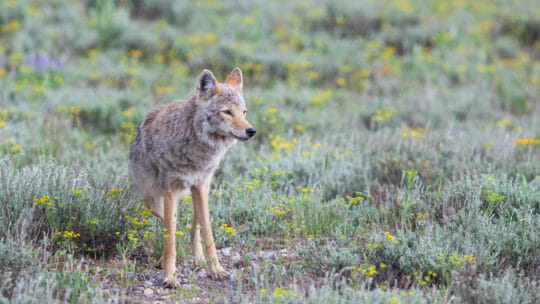
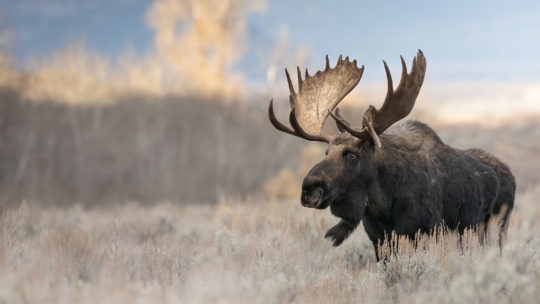
Book Your Wildlife Safari in Grand Teton
Whether you dream of seeing a bull moose at dawn, photographing bison in golden light, or simply learning more about the incredible species that call this park home, a guided tour offers the best way to connect with Grand Teton National Park wildlife.
Reserve your Grand Teton wildlife safari today and experience the unforgettable wild side of Jackson Hole with expert naturalists!
FAQs
What animals can you see in Grand Teton National Park?
Grand Teton is home to a wide variety of wildlife, including bison, elk, moose, pronghorn, grizzly and black bears, wolves, coyotes, bald eagles, ospreys, river otters, and more.
What is the best time of day to see wildlife in Grand Teton?
Wildlife is most active at dawn and dusk. Early morning safaris are especially rewarding for spotting moose, elk, and predators on the move.
What season is best for wildlife viewing in Grand Teton National Park?
Spring and fall are particularly active seasons. Spring offers newborn animals and bears emerging from hibernation, while fall features the elk rut and increased predator activity. Winter also provides excellent opportunities to see elk at the National Elk Refuge.
Do I need a guide to see wildlife in Grand Teton?
While it’s possible to spot wildlife on your own, joining a guided wildlife safari increases your chances significantly. Guides know the animals’ behavior, seasonal movements, and the best viewing areas.
Is it safe to view wildlife in Grand Teton?
Yes, when proper safety guidelines are followed. Always keep a safe distance, never feed animals, and use binoculars or scopes for close-up views. Guided tours help ensure safe and responsible wildlife viewing.

